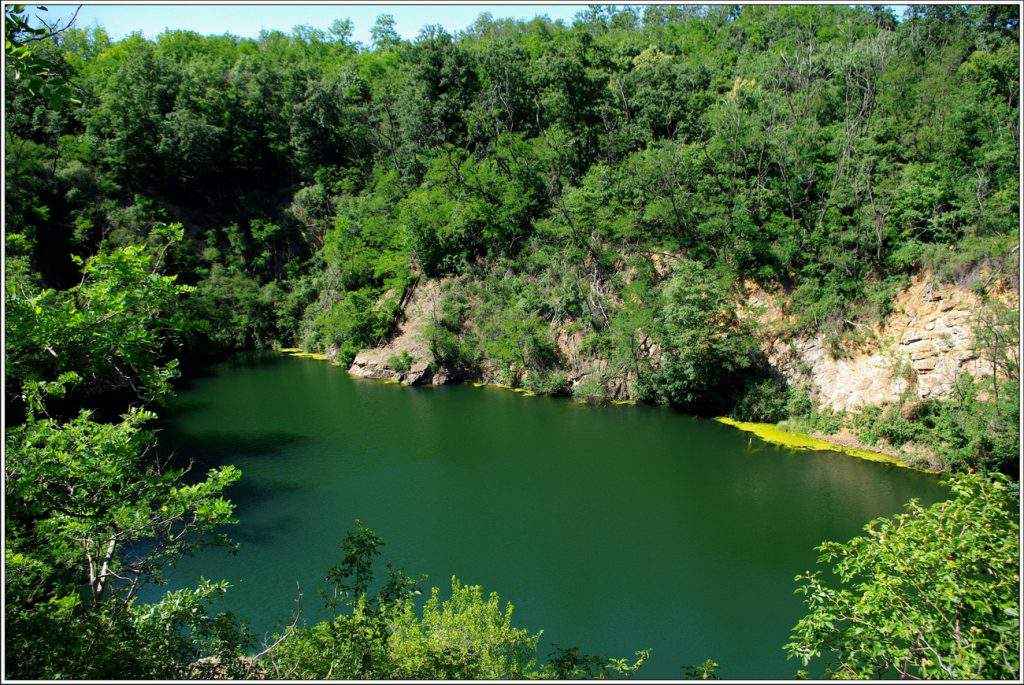Hungarian tarns: a must-do program for late and Indian Summer

There are quite a lot of lakes that are popular among locals and tourists in Hungary, but even some of the Hungarians do not know that several magnificent tarns exist in the countryside.
Tarns are naturally formed in a cirque by a glacier in a mountain lake or pool, but the expression also refers to human-made small, natural lakes that are most of the times situated in a forest. The phenomenon of a tarn is so fascinating because the lake is truly connected to its natural surroundings, so visitors usually feel the complete balance of nature.
In our collection of Hungarian tarns, we collected the best-known and most easily accessible sights, worth for tourists and Hungarian residents to visit. See our collection of the 10 most beautiful Hungarian boating lakes, too.
Tarn of Megyer-mountain
Tarn of Megyer-Mountain (Megyer-hegyi tengerszem) is located in Borsod-Abaúj-Zemplén county, near the historical town of Sárospatak. Even only the town is worth a visit for its great museum on Francis Rákóczi II and the Hungarian revolution against the Habsburg rule.
The tarn is surrounded by large cliffs and a very spectacular, natural landscape. It can be easily accessed by foot following the red coloured hiking trails. Although hidden in the woods, it is a popular hiking and tourist destination.
The lake, with a maximum depth of 6.5 meters, was not formed by natural forces but in the ruins of an abandoned mine, closed in 1907.

Tarn of Apc
Apc is situated in Heves county, in the picturesque valley of Zagyva river. The origins of the town reach back until the era of the Árpád-dynasty that was the ruling dynasty in Hungary from 1000 to 1301. St. Stephen, perhaps one of the most important rulers of Hungary was one of the Árpáds.
The tarn, which lies in the heart of the beautiful Mátra mountain range, was originally a mine similarly to the tarn of Megyer-mountain.
However, nature contributed to the process by filling up the 5-10 meters abyss with natural waters, such as rain and groundwater.
Its cool climate and naturally good location just adds up to the infinite beauty that fishermen and tourists find here.

Tarn of Jósvafő
Most of the Hungarian children are at least once taken to Aggtelek National Park that is best known for its underground caves, special surface formations and limestone caves. The tarn of Jósvafő is situated in the National Park, close to the entrance of the Baradla Cave.
Both Hungary’s most researched stalactite cave, the Baradla cave, and the tarn of Jósvafő deserve a visit as they well represent the wonders of Hungarian countryside.
The turquoise lake has been created in the 1930s from the spring in the same place. The spring has been used for centuries as a mill and a way of using hydroelectric power.

Featured image: http://archivum.sarospatak.hu
Source: Anp.hu, Archivum.sarospatak.hu, Orszagjaro.webnode.hu





